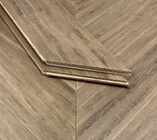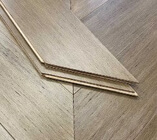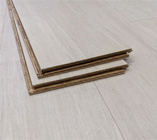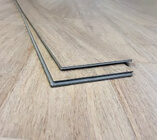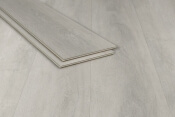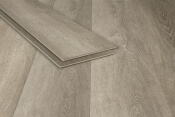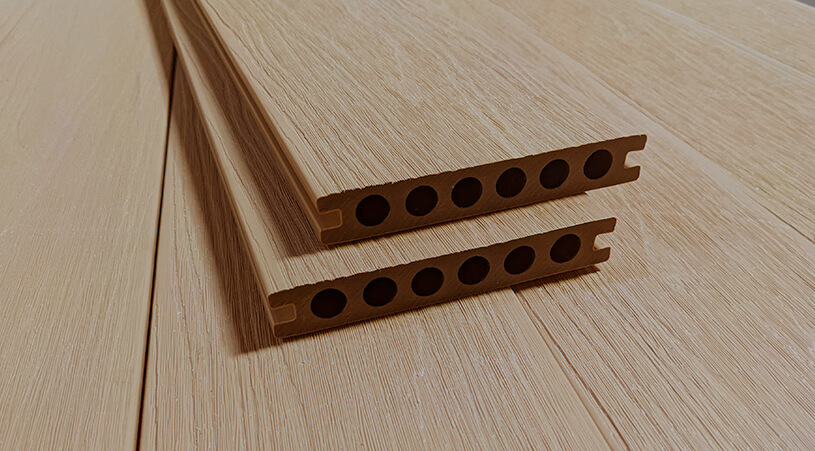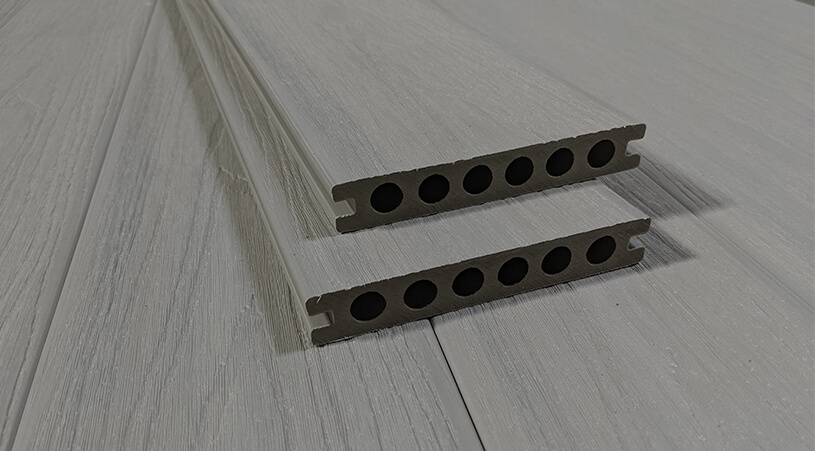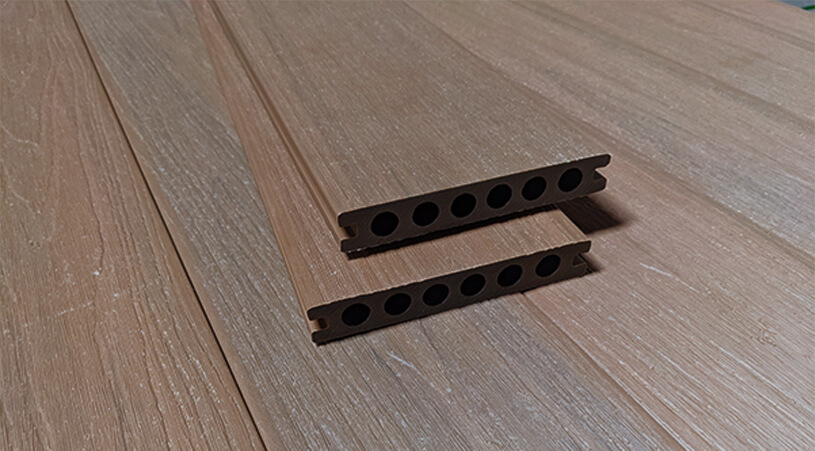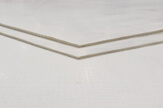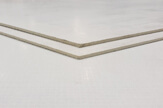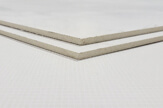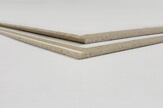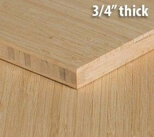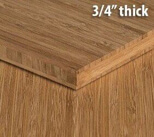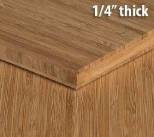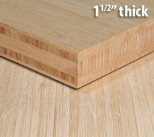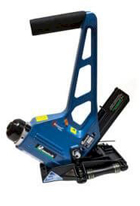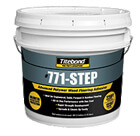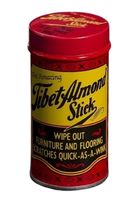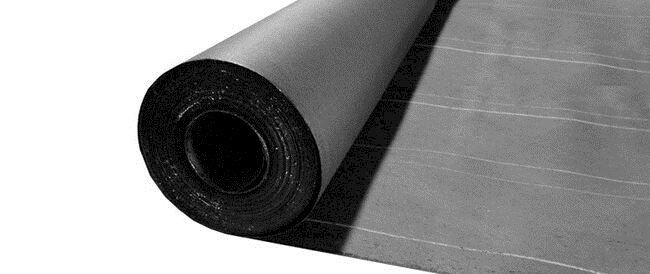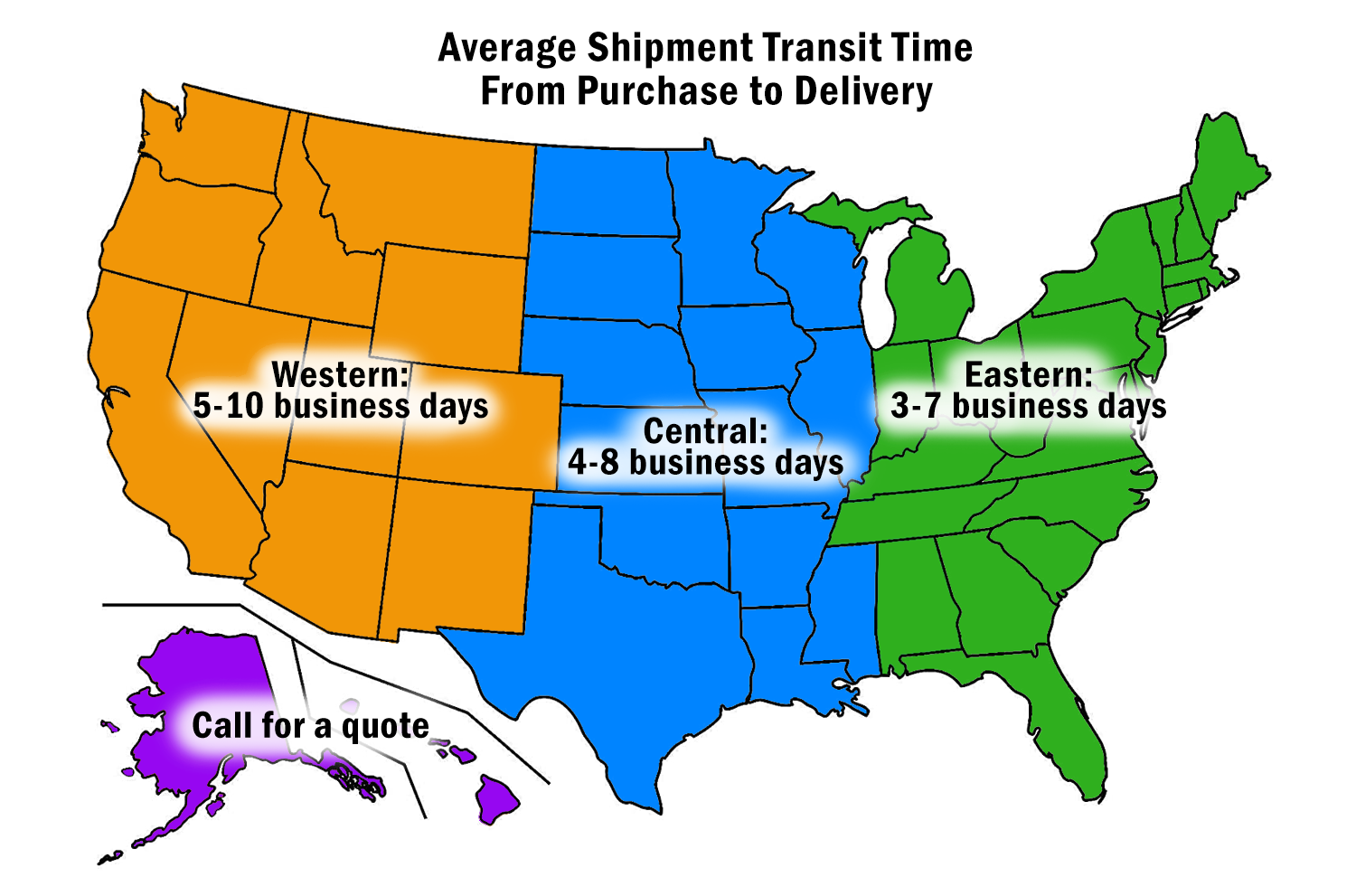Freight drivers do not bring products inside the delivery location. For small parcel shipments, delivery policies are determined by the shipping company and may vary. For more details we strongly suggest reading our Shipping Policy.
For flooring freight shipments, standard delivery is curbside with lift-gate service unless you specifically request freight dock delivery. "Curbside delivery" means the driver will lower the pallet onto the street at the end of your driveway. Drivers are not required to enter your property, but if conditions allow—such as a short, flat driveway—they may choose to back up and place the pallet on the driveway.
Materials exceeding 4 feet in width or 6 feet in length, such as bamboo plywood, MagPanel, or decking, must be unloaded manually or with a forklift at the curbside. Large pallets are positioned lengthwise on the truck and require a forklift with 8-foot forks or extensions for unloading. For substantial orders, we recommend having a forklift on-site capable of lifting 4,000 lbs unless alternative arrangements have been made. It is the customer’s responsibility to ensure the appropriate equipment is available at the delivery site to offload large shipments.
It is crucial that the customer, or an authorized representative, be present at the delivery site to accept the shipment, inspect for any external damages, and note any issues on the delivery driver’s bill of lading. Failure to do so may prevent us from providing complimentary replacements. Please note that hiring labor solely to await the delivery is not advisable, as freight companies may miss scheduled appointments, and compensation for such delays is not provided.
 . Learn More
. Learn More
